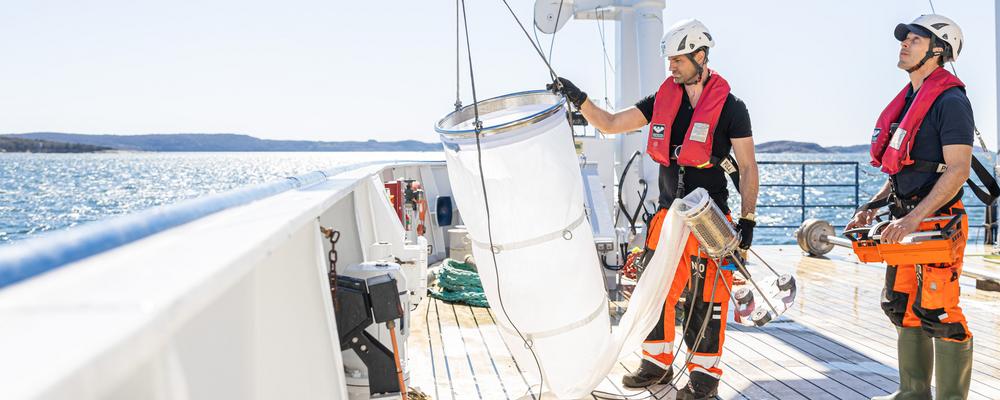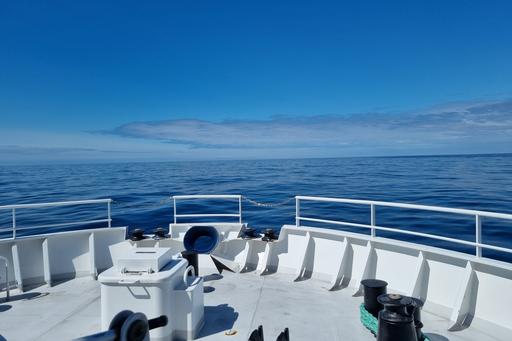National funding to boost research at sea
The high cost of hiring ships often limits the ability of researchers to undertake the research that is needed to better understand our oceanslonger expeditions. But in the fall of 2024, it will be possible to apply for ship-time funding to cover the cost of the vessel for research on board any of the Swedish research vessels Ocean Surveyor, KBV181, Svea, Electra, Oden and Skagerak, via the new national infrastructure SWERVE.
Swedish Research Vessel Infrastructure (SWERVE)
- SWERVE is a national infrastructure funded by the Swedish Research Council (VR).
- The goal of SWERVE is to improve access to vessels, equipment, technical expertise and data for the Swedish marine research community.
- SWERVE consists of a consortium comprising the Swedish Polar Research Secretariat (SPRS), the Geological Survey of Sweden (SGU), SMHI, Stockholm University (SU), Umeå University (UmU), and the University of Gothenburg (GU).
- To stay informed about SWERVE and receive information on when the application period opens, you are welcome to register on the SWERVE mailing list


